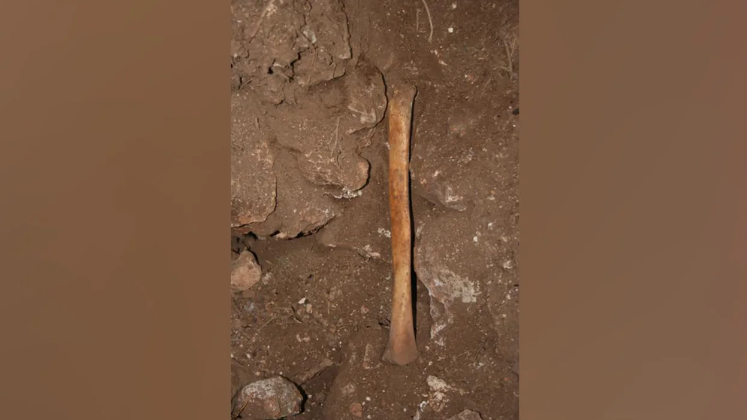
©J.C. Vera Rodríguez
Vocabulary:
- modify /MOD-uh-fahy/
- alteration /awl-tuh-REY-shuhn/
- scrape /skreyp/
- skull /skuhl/
- decease /dih-SEES/
[verb] – to change something such as a plan, opinion, law, or way of behavior slightly, usually to improve it or make it more acceptable
The architect needed to modify the building plans to meet the safety regulations.
[noun] – a change, usually a slight change, in the appearance, character, or structure of something
The alteration in the company’s logo design gave it a fresh and modern look.
[verb] – to remove an unwanted covering or a top layer from something, especially using a sharp edge or something rough
I had to scrape the old paint off the walls before applying a new coat.
[noun] – the bones of the head that surround the brain and give the head its shape
The skull is a complex structure that protects the brain.
[noun] – a person’s death
The decease of their beloved pet was a sad moment for the family.
Article reading:
This discovery reveals intricate prehistoric funerary customs in the region, in line with findings in nearby caves. Around 4,000 BC in southern Iberia, manipulating and modifying human remains became common, yet the reasons behind these practices remain a mystery. Researchers suggest they may have preserved social memory and strengthened community bonds. Interestingly, the alterations appear to have been done by individuals who knew the deceased, in life shortly after their passing. Cueva de los Marmoles emerges as a cultural hub across generations, shedding light on a captivating chapter in the region’s prehistoric history.
Discussion Questions:
- Have you ever come across a historical or archaeological artifact that made you curious about the mysteries of the past? If yes, what was it, and how did it spark your interest in history? If not, can you imagine how a discovery like the repurposed human remains in the Cueva de los Marmoles might change your perspective on ancient societies and their practices?
- Can you recall a moment when you learned something unexpected about ancient cultures or rituals that challenged your previous beliefs? If yes, please share that experience and how it influenced your understanding of history. If not, how do you think uncovering unique and complex funerary practices, like those in this article, might reshape your perception of how ancient communities lived and remembered their deceased members?
- Did you find the discovery of ancient humans repurposing skeletal remains as tools in the Cueva de los Marmoles intriguing?
- Why do you think the ancient people in the Cueva de los Marmoles chose to repurpose the skeletal remains of their deceased rather than leave them buried? What could be the cultural or practical reasons behind this practice?
- In light of the intentional post-mortem alterations found on the bones, such as fractures and scraping marks, what hypotheses can you formulate regarding the purpose behind these modifications? How might understanding the reasons for these practices enrich our knowledge of ancient societies?
Summarization
Describe:
- notably
- emerge
- fracture
- treasure
- unique